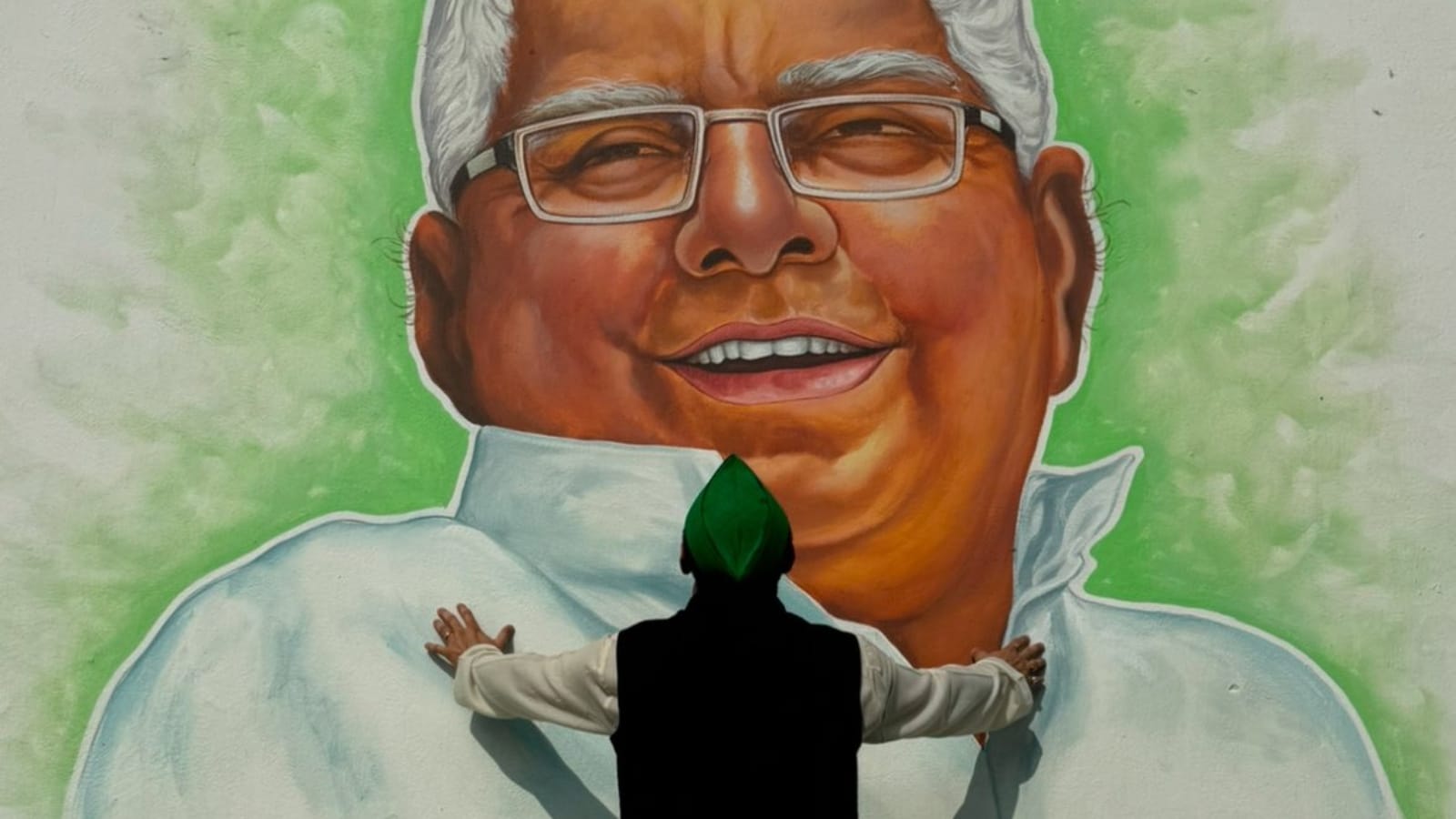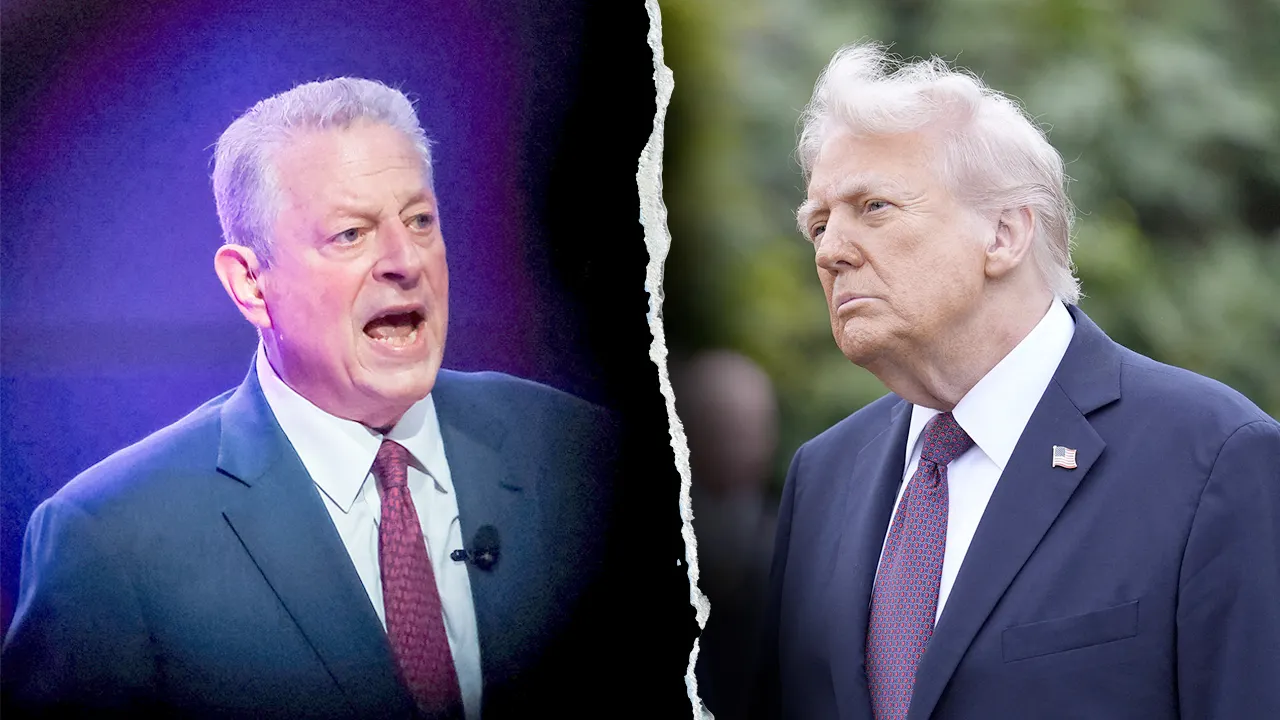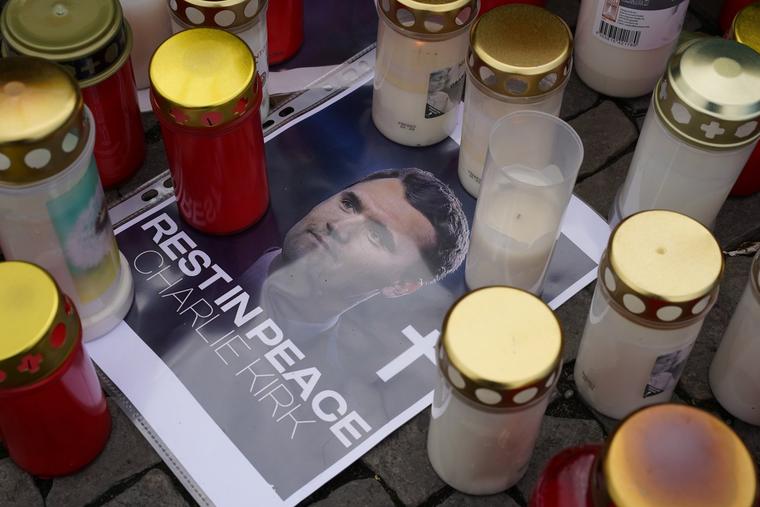By Anindya Banerjee,News18
Copyright news18

The Rashtriya Janata Dal (RJD) built its image as the champion of the marginalised, but concentrated power in one community. From Karpoori Thakur to Jagjivan Ram, marginalised voices long predated Lalu’s rise.
THE MYTH OF ‘SAVIOUR’ LALU
For three decades, Bihar’s political folklore has been dominated by a single claim: that Lalu Prasad Yadav gave voice to the state’s backward classes, Dalits, and minorities. His dramatic rise in the early 1990s, in the wake of the Mandal Commission and the Ram Mandir movement, has often been portrayed as the defining moment when the “marginalised” finally found their representation.
But a closer look at Bihar’s political history reveals that this belief is more myth than fact. Political empowerment of disadvantaged groups in Bihar did not begin with Lalu – it was a reality long before he emerged on the scene.
A DEEPER HISTORY OF REPRESENTATION
The story of Bihar’s leadership is filled with examples of disadvantaged communities reaching the top. BP Mandal, who gave his name to the Mandal Commission, was an OBC chief minister. Bhola Paswan Shastri and Ram Sundar Das – both Dalits, led the state. Daroga Prasad Rai, another OBC, occupied the chair. Abdul Ghafoor, a Muslim, served as state chief minister. Karpoori Thakur, from the Nai (barber) community, is remembered as the first to implement OBC reservations in Bihar.
Even nationally, Bihar’s Jagjivan Ram was one of India’s tallest Dalit leaders, serving in multiple Union governments and coming close to becoming Prime Minister. This history shows that marginalised communities were neither silent nor absent in Bihar’s political leadership before Lalu. Their voices were already part of the state’s democratic churn.
SOCIAL JUSTICE WAVE BEFORE LALU
The 1960s and 1970s were marked by churns that set the stage for backward empowerment. Old-timers in Patna still recall how Karpoori Thakur’s reservation move split college campuses in the 1970s, but he emerged as a Bihari leader fighting for OBC cause gained national prominence. The Mandal Commission, chaired by BP Mandal in the late 1970s, laid the groundwork for a nationwide reconfiguration of politics. By 1990, when Lalu Prasad Yadav became chief minister, Bihar was already primed for a politics of social justice.
Lalu did not invent backward representation; what he did was reframe it. His politics brought energy, symbolism, and rhetoric, but also concentrated benefits in narrower channels.
THE YADAV-CENTRIC CONSOLIDATION
The critical change under Lalu was the consolidation of political power around one sub-group: the Yadavs. With about 14 per cent of Bihar’s population, Yadavs became the backbone of the Rashtriya Janata Dal (RJD). Over time, the party’s identity fused with theirs.
For non-Yadav OBCs (who, along with EBCs, make up 52-55 per cent of Bihar’s population), Dalits (15 per cent), and Muslims (14 per cent), the RJD offered political rhetoric but limited leadership opportunities. The irony was clear: while invoking the language of empowerment, Lalu’s model restricted the scope of who could rise to the top. Nearly 84 per cent of Bihar’s society was effectively locked out of the chief minister’s chair under RJD’s structure.
Muslims, though crucial as a loyal vote bloc, saw little elevation to chief ministerial or deputy chief ministerial roles. The RJD’s model of representation was therefore less inclusive than its slogans suggested.
THE NDA’S COUNTER-EXAMPLE
Contrast this with the NDA’s record. While the BJP-JD(U) alliance has been no stranger to caste arithmetic, it has experimented more broadly with leadership. When Nitish Kumar stepped aside in 2014, Jitan Ram Manjhi, a Mahadalit from the Musahar community, was elevated as chief minister. Symbolic as it was, such a move would have been inconceivable under RJD.
Nitish Kumar’s own political career also reflects coalition-building across caste lines-Kurmis, EBCs, Mahadalits, and even women have been drawn into his schemes of governance and welfare. While the NDA has its limitations, its leadership experiments have ensured that Bihar’s top post is not permanently tied to one caste identity.
WHY THIS MATTERS IN 2025
As Bihar heads into the 2025 assembly elections, the debate over representation is central once again. RJD projects itself as the authentic voice of the marginalised. Yet its leadership remains tightly controlled by one family and one caste bloc.
Tejashwi Yadav, inheriting his father’s mantle, embodies both continuity and constraint. His appeal to youth and his promise of jobs have made him a powerful challenger, but he has shown little inclination to broaden RJD’s leadership beyond Yadav dominance. For Muslims, Dalits, and non-Yadav OBCs, RJD remains more a platform for participation as voters than as power-holders.
On the other hand, Nitish Kumar, despite his many shifts in alliances, has cultivated a politics of accommodation. His elevation of Manjhi, his outreach to EBCs and Mahadalits through welfare schemes, and his reliance on coalition governance suggest a willingness – however tactical – to share representation. For the BJP, the emphasis has been on consolidating non-Yadav OBCs and Dalits, positioning itself as the counter to RJD’s Yadav-Muslim base.
THE REAL CHOICE FOR BIHAR
The upcoming election, therefore, is not just about which leader delivers jobs or welfare. It is about which model of representation Bihar chooses. Will it remain bound to the myth of Lalu as the singular voice of the marginalised-a myth that has in practice narrowed representation? Or will it move toward a more pluralistic distribution of leadership, reflecting the full diversity of Bihar’s society?
Bihar’s politics has always been about more than arithmetic. It is about aspiration – the desire of every community to see itself at the centre of power. That aspiration began long before Lalu and will continue long after him. The 2025 verdict will decide whether Bihar remains trapped in the politics of one bloc’s dominance or takes a step toward genuinely inclusive leadership.



